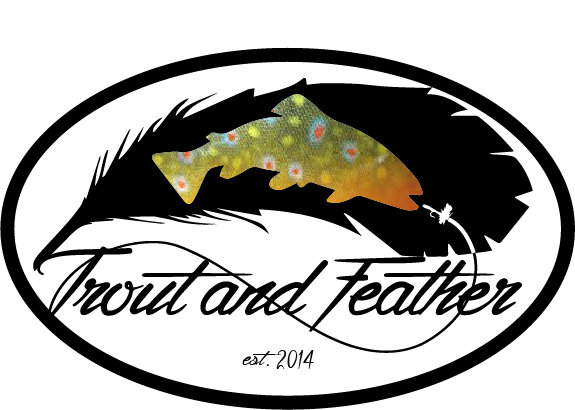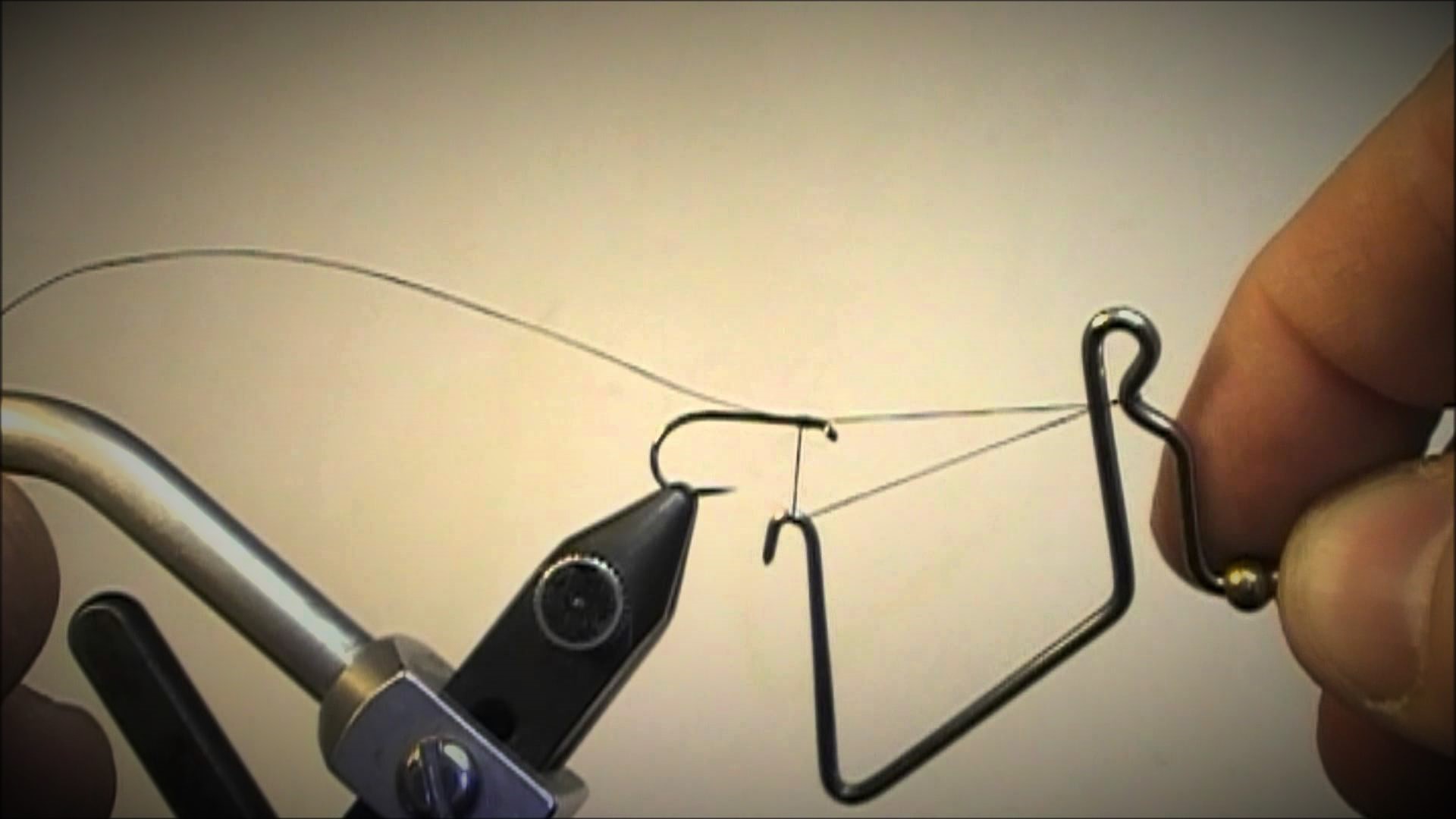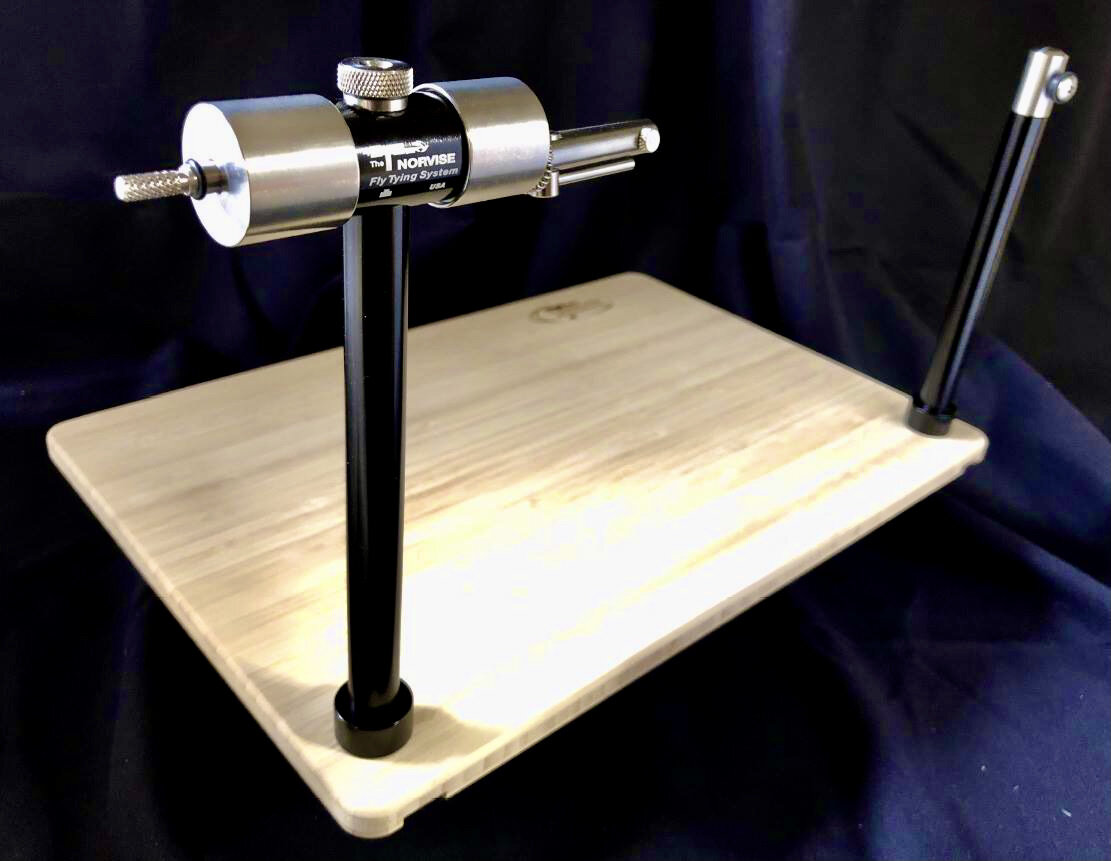Featured on this page are the "Most Viewed" YouTube fly tying tutorials from my channel. These videos are popular for a number of reasons, as they highlight either flies that are known to perform above others on a regular basis or fly tying methods that are complicated for beginning tyers.
EASILY my most popular video, and for good reason: In fly tying, it’s important to know how to finish the fly! There are many excellent techniques for this process, and in this video, I share the following:
1.Half hitch
2. Whip finish by hand
3. Whip finish with Materelli or Thompson-style whip finisher
4. Half hitch "tool"
Choose the one you like best (or a combo of them all!) and practice it with purpose. Your flies will thank you for learning.

This is a pattern that continues to grow in popularity, the Utah Killer Bug. Mentioned to me by my buddy Tom, this is a no-nonsense pattern that catches fish. It's a simple tie, and looks extremely buggy when wet. There are also additional colors you can select, which opens up even more possibilities for the Utah Killer Bug.

The Mop Fly has arrived! In this fly tying tutorial, I share my procedures for tying the pattern, plus talk about how it came to be. There are a variety of places to purchase the "mop material" from, thus be creative in your search, as the greatest variation of this fly (as of now) is changing its color. Have fun with this "guide style" pattern!

In this episode of "From Vise to Water," I discuss the nail knot used when connecting both leaders and backing to a fly line. Prior to demonstrating the technique, there is a brief discussion of alternatives to the nail knot, and then later in the video, I share some tips to using this knot (plus instances in which I keep fly line loop connections intact). If interested in the tool I recommend, it is called the “Angler Image Nail Knotter.”

This Lightning Bug nymph is another fast pattern to tie that I use frequently as an attractor fly. There are many variations for this pattern, and I recommend fishing this as the first fly in a two-fly nymph rig (to possibly get a fish's attention before drifting a more muted pattern as the dropper).

One of the most popular flies to fish today, John Barr created a keeper with this pattern. The secret to this fly's success is the fact that the heavy weight allows the Copper John to remain at the bottom of streams and rivers when fished. I recommend having the Copper John in a variety of colors of sizes throughout your nymph box.

Nearly every beginner when learning to tie today is typically started with the Woolly Bugger, and with good reason: They catch fish! In this tutorial, I go over the basic procedure, but also offer a few variations to make your fly different from the others being fished today.

In this fly tying tutorial, I demonstrate three effective ways to utilize Hungarian Partridge feathers. Though I focus mainly on the breast feathers, I take some time at the beginning of the video to stress that entire skins have an excellent variety of feathers and should be utilized at the tying bench for many patterns.

Those who fish spring creeks on a regular basis know the impact an effective scud pattern can have. This Olive Scud nymph is a buggy-looking fly that is representational to the natural, all the way down to the burnt monofilament eyes. There is no bead on this pattern, but one can be added if you feel the need to have additional weight.

In this video, I discuss flies that have killed fly fishing for me...or have they?!? In this one, you get some "behind the scenes" information about my Mop fly video, plus I share a couple stories of the flies that NEARLY killed fly fishing for me. ;-) Viewer participation is key, thus be sure to login to YouTube and comment on the video, or email your thoughts to: tcammisa@gmail.com Thanks!

Continuing the "Two Minute Tying" series, for this pattern, I chose the highly effective Pheasant Tail. During this fast tutorial, I demonstrate the basics behind this venerable pattern, plus add a tungsten bead and antron wing case. Feel free to vary this pattern with hot spots (fluorescent-colored beads and/or antron), legs, and even peacock-dubbing.

During this fly tying tutorial, I showcase my friend Tony Spezio's pattern, the Chili Pepper fly. Tony shared a few stories related to this Woolly Bugger-type pattern, thus I take the first few minutes to share those with you. I also have modified a few of the techniques and components of this fly, but wanted to ensure that the integrity of the original was still intact.

Fly fishing with dry flies is one of my favorite aspects of fly fishing, yet selecting the materials to tie those patterns is extremely complicated. This video is intended to help the beginner to intermediate fly tyer select quality materials to build or enhance a fly tying collection. The materials discussed in this video are ones that I find essential to tying dry flies, hence their recommendation to others.
The recommended materials (optional ones listed with an asterisk):
Hackle: Necks of grizzly, cream/ginger, and dun (preference given to barred colors)
CDC: Natural color
Coastal Deer Hair - Natural color
*Snowshoe Rabbit Feet - Dun color
*Coastal Deer Hair - Dyed black
Antron/Zelon Fibers - Dun and Hi-visibility (pink) colors
*Wood Duck Flank Feathers
*Calf Body Hair
Peacock Herl
Dubbing: Tan, pale yellow, Adams gray, olive, and rusty colors
*Dubbing Pack of multiple colors
*Turkey Quills
*Microfibetts - Light dun, dark dun, Light Cahill, and orange colors
*Coq de Leon
6/0 thread - Light Cahill, tan, and Adams gray colors
Daiichi 1110 Hooks - 50 of sizes 12, 14, & 16 and 25 of sizes 10, 18, & 20

One of the most common emails I receive is about purchasing vises, as there are many obstacles in selecting one. In this video, I share my current vise that I recommend to others, the Stonfo Transformer. This vise is manufactured by an Italian company and offers tyers the ability to switch between three heads (standard, streamer, and tube fly). Throughout the video, I share my thoughts about this high-quality tool, plus give you a close-up view of the components. Near the end, I also show it holding both larger hooks and a TINY one (size 26!).

My most popular video for obvious reasons...the Woolly Bugger catches fish! One of Lefty Kreh's most effective flies, this Woolly Bugger is tied with peacock herl for the body instead of chenille. That slight variation makes for an incredible pattern, and one that belongs in everyone's fly box. Fish this pattern with confidence...
Norvise Vise Review
Through the years, I’ve been fortunate to tie on many vises, with one of the more unique ones being the Norvise. This true rotary system is part of a system and can speed up your tying once proficient with it (also true for other similar vises). To watch my complete review of the vise, please click here: VISE REVIEW



Frank Sawyer's Pheasant Tail nymph is a fly that has caught fish for years, and will be doing so for many more to come. During this video, I offer some slight variations to the original, such as Coq de Leon for the tailing fibers. This version is a very fast one to tie, one that I would classify as a "guide fly."